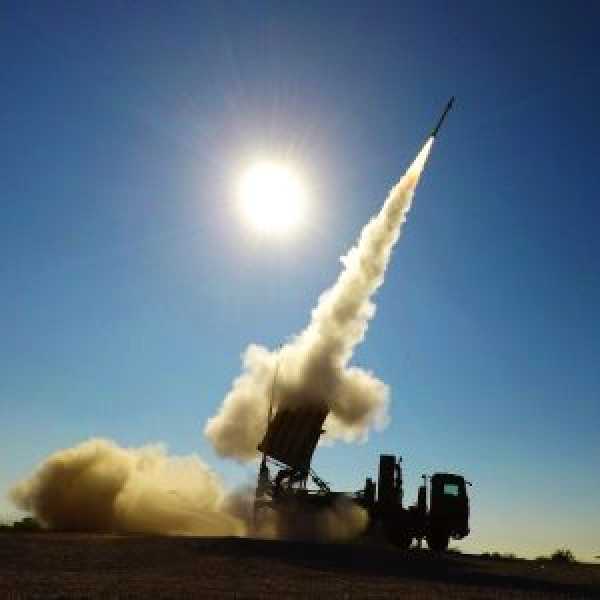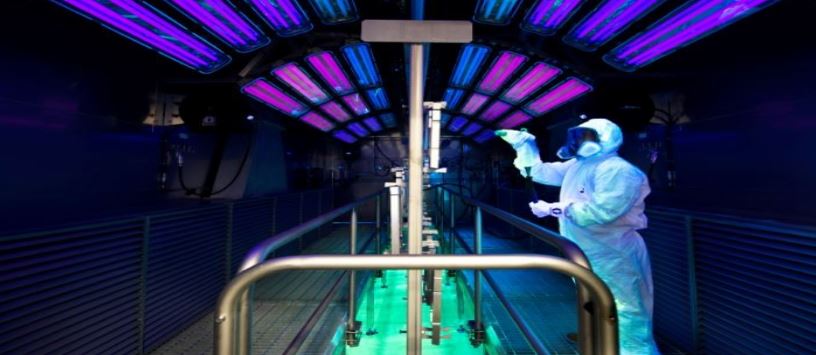
NASA has selected SpaceX to provide launch services for its groundbreaking Dragonfly mission, designed to explore Saturn’s largest moon, Titan. The mission, part of NASA’s New Frontiers Program, will use a rotorcraft lander to sample materials and analyze surface composition across various geologic settings on Titan, advancing the search for the building blocks of life.
The firm-fixed-price contract has a value of approximately $256.6 million, which includes launch services and other mission related costs. The Dragonfly mission currently has a targeted launch period from July 5, 2028, to July 25, 2028, on a SpaceX Falcon Heavy rocket from Launch Complex 39A at NASA’s Kennedy Space Center in Florida.
Dragonfly centers on a novel approach to planetary exploration, employing a rotorcraft-lander to travel between and sample diverse sites on Saturn’s largest moon. With contributions from partners around the globe, Dragonfly’s scientific payload will characterize the habitability of Titan’s environment, investigate the progression of prebiotic chemistry on Titan, where carbon-rich material and liquid water may have mixed for an extended period, and search for chemical indications of whether water-based or hydrocarbon-based life once existed on Saturn’s moon.
NASA’s Launch Services Program at the agency’s Kennedy Space Center is responsible for managing the launch service. Managed for NASA at Johns Hopkins Applied Physics Laboratory in Laurel, Maryland, the Dragonfly team comprises scientists, engineers, technologists, managers and more who have deep experience on missions that have explored the solar system from the Sun to Pluto and beyond, as well as experts in rotorcraft, autonomous flight, and space systems from around the globe. Dragonfly is the fourth mission in NASA’s New Frontiers Program, managed by NASA’s Marshall Space Flight Center in Huntsville, Alabama, for the agency’s Science Mission Directorate in Washington.






